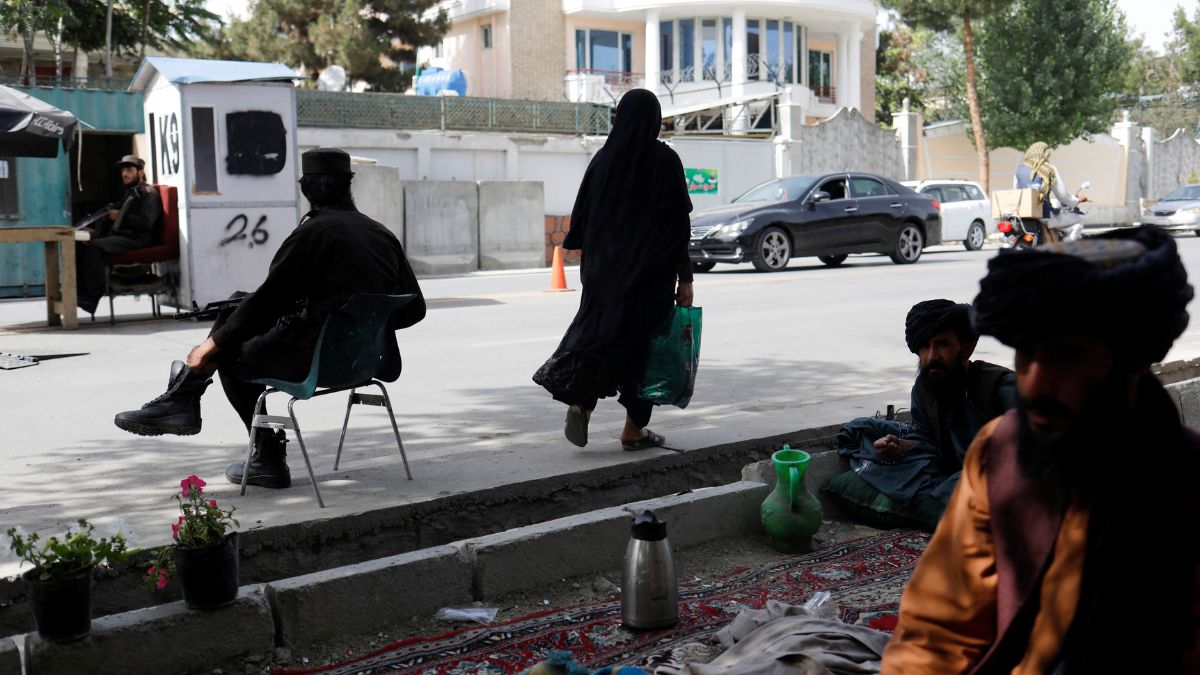Egypt reopened Pharaoh Amenhotep III’s tomb in Luxor after 20 years of restoration, ahead of the Grand Egyptian Museum launch, aiming to revive tourism with its ancient treasures.
Egypt reopened the tomb of Pharaoh Amenhotep III to the public on Saturday after over 20 years of restoration work in Luxor, as the country prepares to officially launch the Grand Egyptian Museum in Cairo.
The massive tomb, located on the western side of the famous Valley of the Kings, belonged to Amenhotep III, who ruled from 1390 to 1350 BC. Discovered in 1799, the tomb was looted shortly after its discovery, with its sarcophagus and other items taken, according to Egypt’s antiquities officials.
The restoration, led by a Japanese team, took place in three phases over two decades and included the preservation of wall paintings depicting the pharaoh and his wife, explained Mohamed Ismail, secretary-general of the Supreme Council of Antiquities.
The tomb of Pharaoh Amenhotep III, one of the largest in southern Egypt’s Valley of the Kings and Queens, was officially opened to the public Saturday after years of restoration.
➡️ https://t.co/9KXiRgEtyG pic.twitter.com/5HTb0QNAFc
— AFP News Agency (@AFP) October 5, 2025
He described the tomb as “very fascinating” to The Associated Press at the site, noting that it contains a frame of the stolen sarcophagus box, with the lid positioned as it originally was.
The tomb begins with a sloping tunnel that goes down for 36 meters (118 feet) and reaches a depth of 14 metres (45 feet) under the Valley of the Kings. It contains the main burial room for the king, plus two other rooms for his wives, Queens Tiye and Sitamun.
Unlike many other ancient tombs in the valley, this one isn’t fully decorated, according to Ismail. The decorations that do exist include paintings of Amenhotep III alongside various ancient Egyptian gods. The burial chamber itself features inscriptions detailing scenes from the Book of the Dead, which is a collection of spells intended to guide the deceased through the underworld.
The National Museum of Egyptian Civilisation notes that ancient priests relocated Amenhotep III’s mummy to the tomb of his grandfather, Amenhotep II, also in the Valley of the Kings. This badly damaged mummy is now on display at the museum, along with 16 other mummies of ancient Egyptian kings and queens.
Amenhotep III, also known as Amenhotep the Great, was a highly significant pharaoh of the 18th Dynasty (1550 BC to 1292 BC). He took the throne as a teenager and governed for up to 38 years.
The reopening of this tomb is part of a broader push to boost Egypt’s tourism sector, a crucial source of foreign income. This effort is timed just ahead of the Grand Egyptian Museum’s official inauguration near the Giza Pyramids on November 1. Tourism, which relies heavily on Egypt’s ancient artifacts, has been struggling since the political upheaval and violence that followed the 2011 uprising.
End of Article

)

)